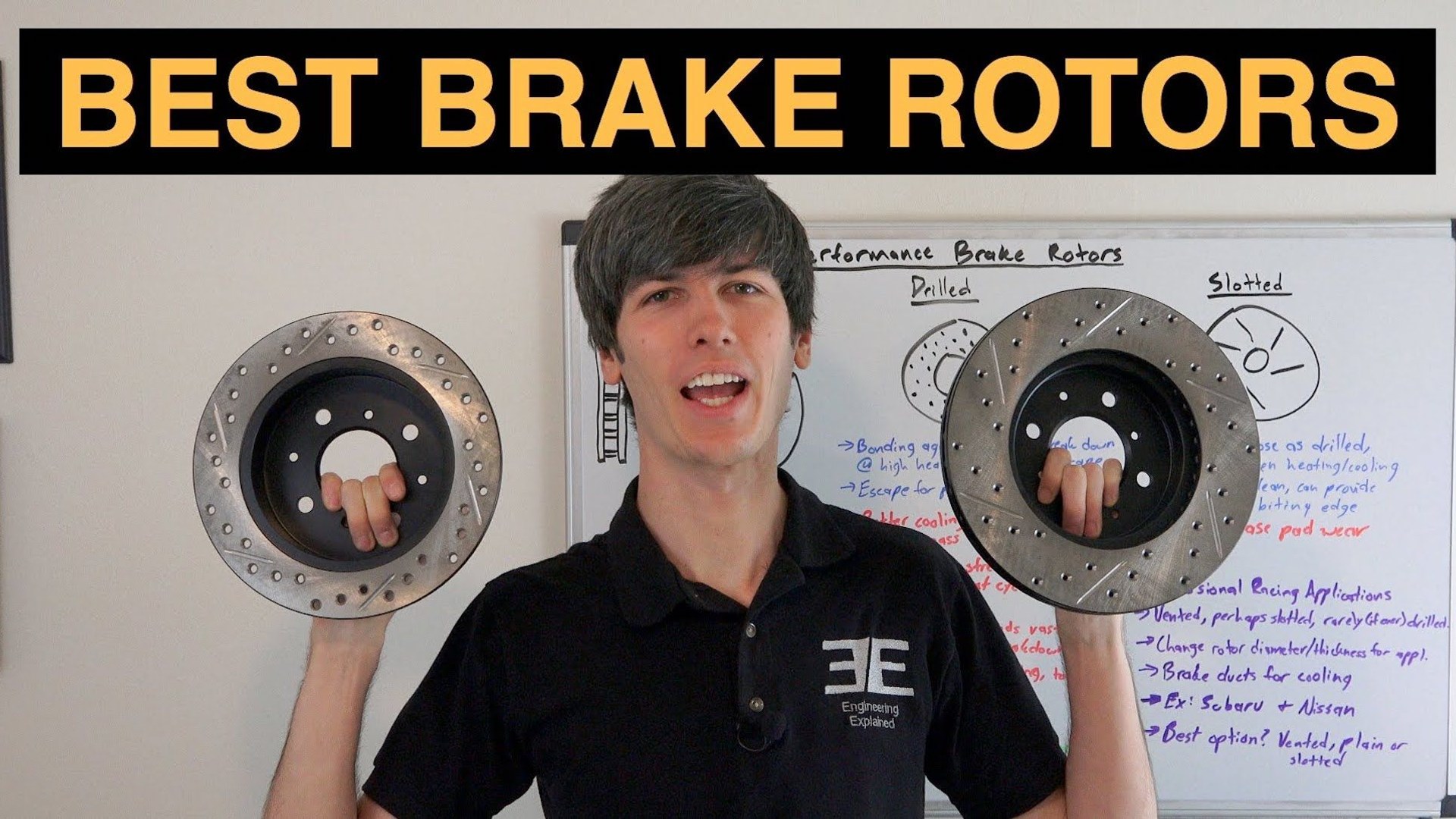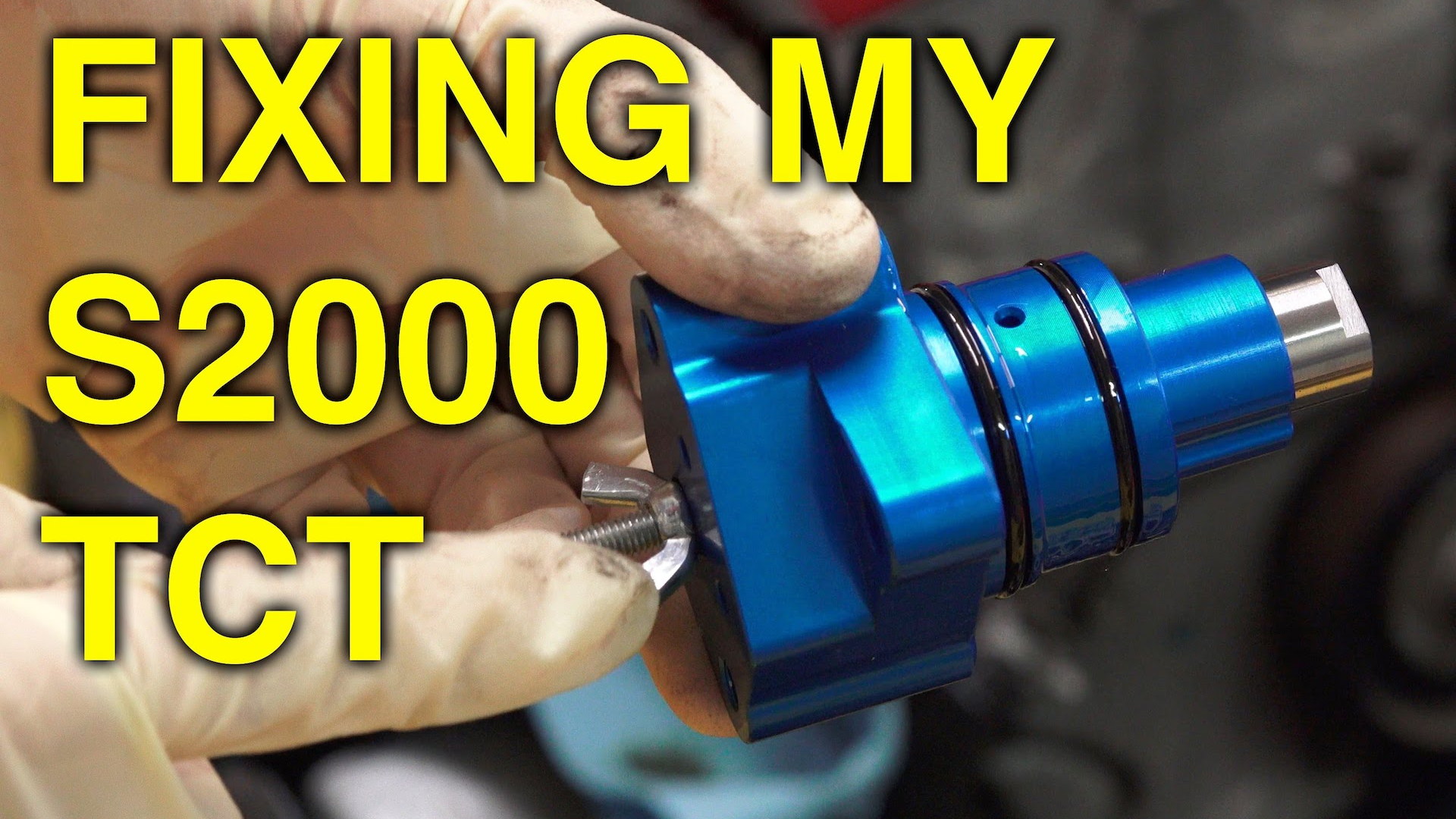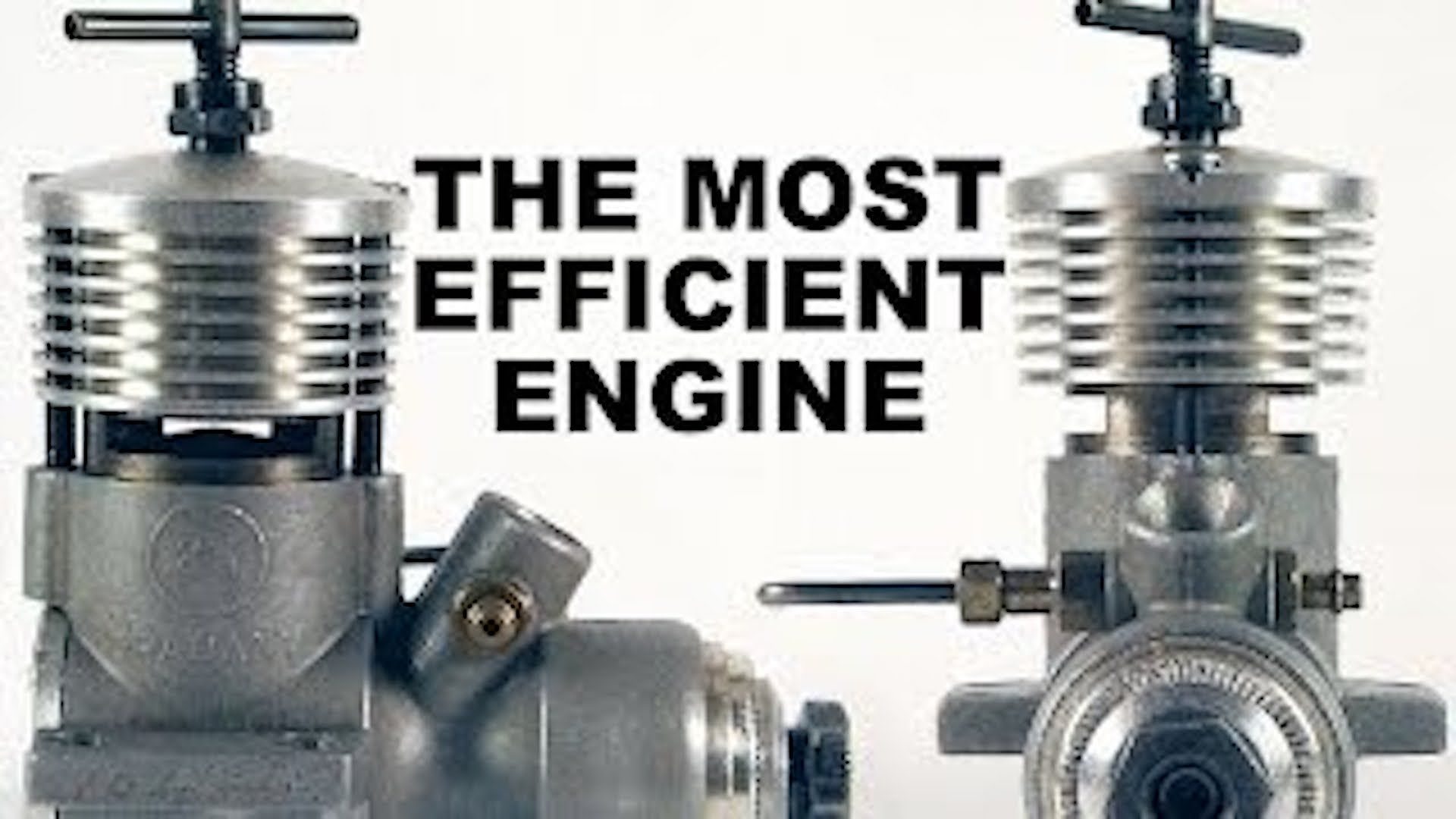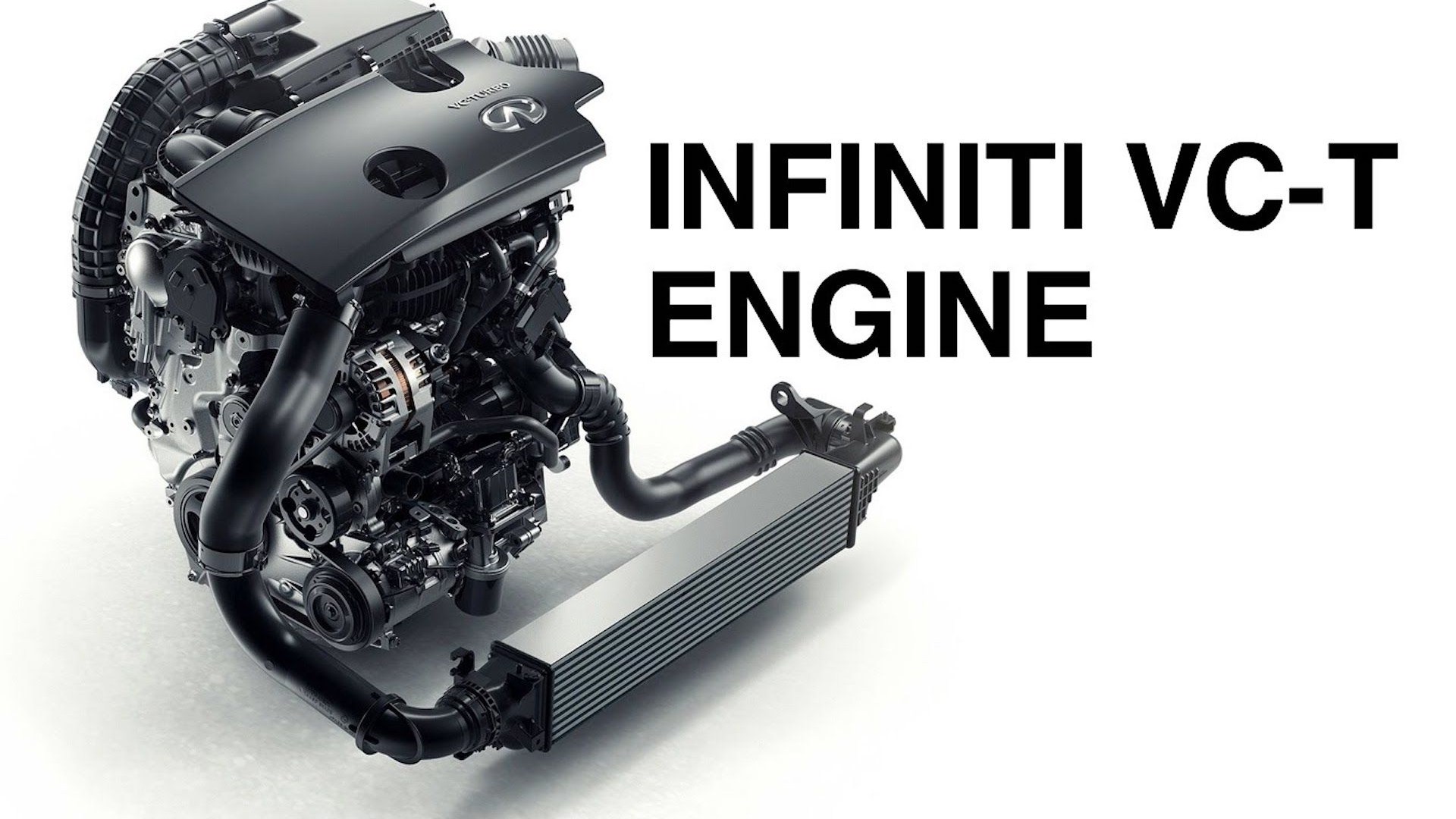Engineering Explained
-

Our friend Jason Fenske from Engineering Explained recently attended a Red Bull Global Rallycross race, and, of course, he found a way to explain things using an equation. Jason specifically honed in on the incredible acceleration of these cars. All of the cars are powered by 2.0-liter turbocharged engines, and their restrictor plates are limited to 45 mm. With race car tuning, they are able to make 600 horsepower and 650 pound-feet of torque. All-wheel drive is standard, and that lets these cars put the power down to the tune of 1.9-second 0 to 60 mph runs. CHECK OUT: The beginner's guide to...
-
 When should you shift for fastest acceleration?
When should you shift for fastest acceleration?You're the king of the road. You think you're the fastest thing on four wheels. You know how to launch a car with a manual gearbox to accelerate the fastest, but do you know when to shift? Jason Fenske from Engineering Explained is here to drop the science about shifting to make sure that you have...
Jeff Glucker -
 Drilled, slotted, or vented; which brake rotors are best?
Drilled, slotted, or vented; which brake rotors are best?Brake rotors come in a number of flavors. You often see them vented, drilled, or slotted. Sometimes there's a combination of the three, and it's best to know which works most efficiently for the driving you plan to do. We know one of the biggest enemies of brake performance is heat, so the goal for...
Jeff Glucker -
 'Engineering Explained' is already fixing its Honda S2000
'Engineering Explained' is already fixing its Honda S2000Remember that 2002 Honda S2000 that Jason from Engineering Explained recently acquired? Well, he's already set to wrenching on it because, well, that's what he does. In this video, Jason is installing a fresh timing chain tensioner, as it seems this is a potential failure area for the Honda S2000...
Jeff Glucker -
 Let's figure out who makes the best engine
Let's figure out who makes the best engineCongratulations to Jason on his 500th Engineering Explained video. The series has been wonderful in the way it presents technical concepts and brings them down to a language that most of us can comprehend and understand. For his 500th video, Jason is trying to figure out which automaker makes the...
Jeff Glucker -
 A rear spoiler on a front-wheel-drive car makes sense... sometimes
A rear spoiler on a front-wheel-drive car makes sense... sometimesWe've all made the same jokes. You see a front-wheel-drive street car go by and there's a massive rear spoiler hanging off its tail. It's an easy item on a car at which to poke some fun. In some cases, however, that rear spoiler on the right front-wheel-drive car makes a heck of a lot of sense. Our...
Jeff Glucker -

The internal-combustion engine is something with which you're no doubt very familiar. Air, spark, and fuel come together over the course of four strokes to create power and move your vehicle forward. That's for a gasoline engine; in a diesel engine, fuel is compressed until it explodes, after it's sprayed in as air and pulled in by the piston. There's a third type of engine on the horizon though and it's called a Homogenous Charge Compression Ignition engine, or HCCI for short. HCCI engines, in theory, have the same four strokes, but there's simultaneous combustion of air and fuel and it's...
-
 Can you improve acceleration by adding weight?
Can you improve acceleration by adding weight?Before you start shaking your head and shouting "No!" at your computer screen and preparing an angry email about how stupid we are, hear us out. Our host Jason Fenske from Engineering Explained is referring to the addition of weight when traction is limited, such as in snowy or icy conditions. In...
Jeff Glucker -
 How variable intake manifolds create more power
How variable intake manifolds create more powerYour intake manifold. It takes in air and sends it to your engine's combustion chamber. This is basically the start of the combustion process. After all, you can't have combustion without air. Engineering Explained is here to walk us through the process and explain how a variable intake manifold...
Jeff Glucker -
 'Engineering Explained' adds Honda S2000 project car to its garage
'Engineering Explained' adds Honda S2000 project car to its garageFor some time now, Jason from Engineering Explained has been teaching us about all areas of our shared passion—and now we get to share in something a little more personal. His method of clearly explaining seemingly complex mechanical and technical parts of a car is both enjoyable and...
Jeff Glucker -
 How Infiniti's variable compression engine works
How Infiniti's variable compression engine worksYou know what variable valve timing is. You're quite familiar with Honda's VTEC system. Now Infiniti has something new for you dive into, and it's all about changing an engine's compression ratio. The Infiniti VC-T engine can change its compression ratio from a low of 8:1 to a high of 14:1. How...
Jeff Glucker -
 What's the difference between steel and rubber brake lines?
What's the difference between steel and rubber brake lines?Your car's brakes are pretty darn important. If you have lousy pedal feel, you should do something about that, right? Stopping is at least as important as going. So when you're looking to fix or upgrade your brake system, should you go with rubber lines or jump up to steel brake lines? Engineering...
Jeff Glucker -

After Tesla's announcement Tuesday that its new Model S P100D (when equipped with the optional Ludicrous Speed mode) is the fastest-accelerating car you can buy, it sure seems like everyone wants to talk about racing down a drag strip. Luckily, our pal Jason Fenske with Engineering Explained is here to, well, explain to us just how fast normal cars can (theoretically) get. ALSO SEE: Idiot in BMW M3 nearly 'drifts' right into oncoming traffic There's still some room for improvement, but, as Jason points out, we're getting to the point of diminishing returns. In his informative style, Jason...
-
 Here's why you should never lug your engine
Here's why you should never lug your engineTo start, let's talk about what it means to lug your engine. This is the term used to describe when you're puttering along in a higher gear than you need to be in and the engine is turning low RPMs. When you're cruising along in 6th but you should've downshifted into 4th about a half mile back, you...
Jeff Glucker -
 How the charge motion control valve balances fuel economy and power
How the charge motion control valve balances fuel economy and powerWe love horsepower. We love torque. We also need to embrace fuel economy, and that's a tricky line to toe for producers of automobiles with large engines that make loud noises for enthusiastic customers. We currently live in an era of tremendous horsepower availability, yet our vehicles have also...
Jeff Glucker -
 Don't do these 5 things in a vehicle with a CVT
Don't do these 5 things in a vehicle with a CVTJason, the host of Engineering Explained, gets the first point that we were going to make right out of the way. His latest video tackles things you should or should not be doing in a vehicle equipped with a CVT. We'd say that step one is to avoid these vehicles, but as Jason points out, that is the...
Jeff Glucker -
 What's the best all-wheel-drive system?
What's the best all-wheel-drive system?All-wheel-drive systems are numerous, and some of them work in different ways. A Subaru, an Audi, and a pickup truck all have different needs to meet in powering all their wheels. They use systems that employ various different technologies, and once more our friend at Engineering Explained is here...
Jeff Glucker -
 Should you warm up your engine before driving?
Should you warm up your engine before driving?It's a generally held rule: Let your car warm up a bit before heading off to tackle the day. But is it really necessary? In a word? No. Our friend Jason Fenske from Engineering Explained is here to explain why today's cars don't really need to be warmed up before driving. Basically, it comes down...
Kirk Bell -

Nobody truly likes a Continuously Variable Transmission (CVT). They are loud, soulless, sometimes unreliable, and frankly, they often make your car sound awful. But here's the cold hard reality: From an engineering standpoint, they make sense. Our friend Jason Fenske from Engineering Explained is back, and this time he's here to talk about CVTs. More specifically, whether CVTs are actually the best transmissions for acceleration. ALSO SEE: Why Ford is making a huge mistake with its new GT The Cliff Notes version: You, the consumer, don't understand CVTs and because of that the automakers are...
-
 What the heck does an oil catch can do?
What the heck does an oil catch can do?Your engine is a violent place. It's filled with moving metal, hot oil and fuel, and a mass of moving air. All of that combines to create combustion, which is basically a series of continual explosions—and it's all happening right in front of you. During the combustion process, some of the...
Jeff Glucker -
 Learn what makes BMW's throttle system different
Learn what makes BMW's throttle system differentYou're an under-hood expert by now, aren't you? We've been sharing a whole lot of information thanks to Engineering Explained and that means you should be fluent now in "gearhead." Still, there's always more to learn and today we're taking on a subject that's a bit more complicated, which must mean...
Jeff Glucker -
 Here are 5 things never to do with a turbocharged vehicle
Here are 5 things never to do with a turbocharged vehicleYour engine likes to breathe. There are ways to make it breathe easier, and one of them is by cramming air into the engine's "throat." You're forcing the induction. To do that, you'll need either a supercharger or a turbocharger. It's the boost-loving snail of a turbocharger that seems to be the...
Jeff Glucker -
 Are variable twin-scroll turbochargers the future of turbos?
Are variable twin-scroll turbochargers the future of turbos?Turbochargers are—literally—spooling up, with every major automaker now offering at least one boosted model in their lineups (and one with four turbos). Today, our friend Jason Fenske over at Engineering Explained takes a look at the most cutting edge variation: the variable twin-scroll...
Andrew Ganz -
 The physics of launching a front-wheel-drive car
The physics of launching a front-wheel-drive carHot on the heels of his recent video showing us just how to best accelerate in a rear-wheel-drive car, Engineering Explained pro and Motor Authority friend Jason Fenske is back with the physics behind launching a front-wheel-drive vehicle. You may not immediately think "high performance" with a...
Andrew Ganz























